Honeysuckle variety Kamchadalka
Kamchadalka - honeysuckle with fruits of early ripening. Received at the Bakcharsky support point of northern gardening (former BOPSS, now FSUE "Bakcharskoye") at the Scientific Research Institute of Horticulture of Siberia named after V.I. M.A. Lisavenko through free pollination of the selected form of Kamchatka honeysuckle. The authorship belongs to I.K. Gidzyuk and A.T. Tkacheva.
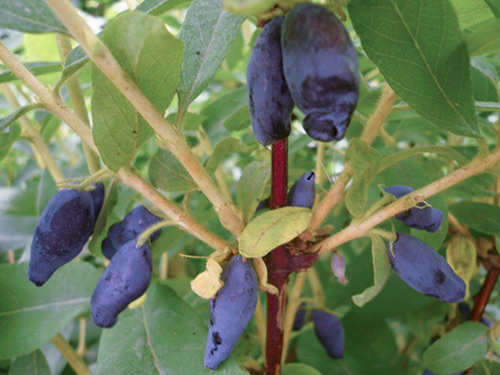
Photo: Kerezhene Lyudmila, Kaliningrad
In 1984, the variety was transferred to the State test. In 1993 it was zoned in all regions of the Russian Federation.
The bushes are medium-sized (about 1.5 meters high), compact, with a dense, narrow crown of an inverse conical shape. Skeletal branches are thick, knotty, straight. Shoots are thick, short, straight, light green in color, with a slight anthocyanin color. The kidneys are large. Leaves are medium-sized, elongated-oval, dull green. The leaf blade is folded along the central vein. Inflorescences include 2 flowers. The flowers themselves are small in size, yellow in color. The ovaries are glabrous, oval in shape.
Kamchadalka honeysuckle berries are above medium and large size (weighing 0.8 - 1.3 grams, length - 2.2 - 2.7 cm, diameter 1 cm), elongated-oval, with a pointed tip and a smooth surface. The skin is thin, dense, blue-blue in color, covered with a strong waxy bloom.

The pulp is fibrous, sweet and sour taste, tender, with a strong aroma. The tasting assessment of the taste of the variety varies depending on the growing conditions from 3.8 (North-West Russia) to 4.6 (NIISS, Tomsk region) points.
In terms of chemical composition, the fruits contain: dry matter (14.2%), the amount of sugars (5.4 - 7.9%), acids (2.5 - 2.6%), vitamin C (from 18 to 52 mg / 100 g).
Average yield: 1.2 - 1.8 kg / bush. 1989 to 1992 the average yield reached 3.1 t / ha (which is 2.6 c / ha higher than the control variety Bakcharskaya).
Ripeness of ripe berries is absent.

Photo: Kerezhene Lyudmila, Kaliningrad
The variety is highly winter-hardy and drought-resistant. Diseases and pests are rarely affected.
This honeysuckle is self-fertile. Among its best pollinators, the varieties Iksa, Roxana, Cinderella, Blue spindle, Tomichka, Parabelskaya, In memory of Gidzyuk.
Kamchadalka is used in breeding work: with her participation the Sodruzhestvo variety was bred.
The main advantages of this honeysuckle include: large tasty berries and their non-shedding in ripe state, high winter hardiness.
Speaking of the shortcomings, they indicate only the average level of yield, as well as the difficult separation of the berries from the stalks.
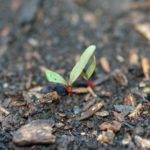
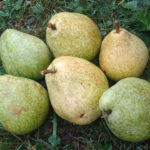


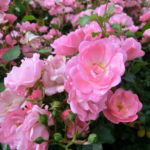
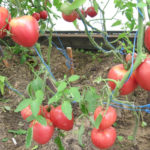



I have this honeysuckle regularly blooms in the fall. The taste of the berries is excellent, and the rest is just minuses. She is not for our strip.
I also bloom in the fall. Young bush, third year. I understand that part of the harvest is being lost. But what to do? We eat from the bush in the spring. The earliest berry. Not for blanks, for food from the bush!